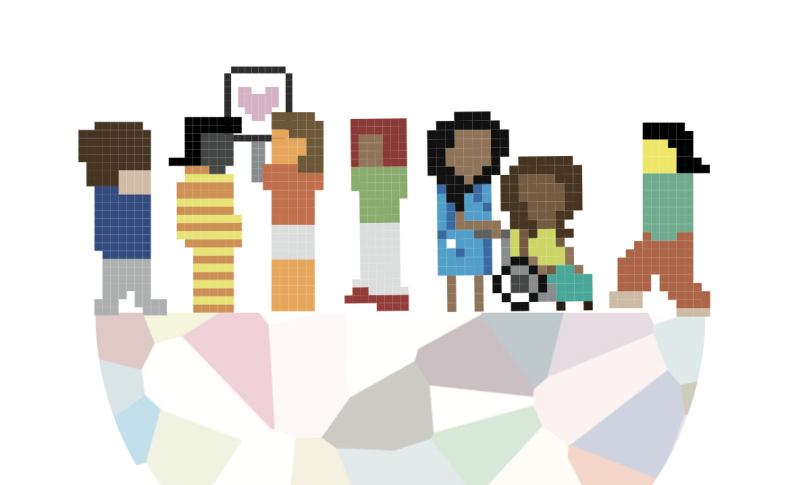
Download in
The EROTICS project looks at the impact of regulatory frameworks and control mechanisms on the actual lived practices, experiences and concerns of internet users in the exercise of their sexual rights. At its seminal stage, five case studies showed that while increasing online activity exposes users to certain risks and threats, individuals and collectives are successful in developing means of self-protection, regulation and empowerment. However, national governments, as well as business and user-based control initiatives aimed at curbing those risks – vaguely justified by the imperative of protecting vulnerable subjects – end up generating restrictions to online activity and content that could otherwise improve the thriving online experience and sexual expression of internet users, in particular, young people, women and sexual minorities.
To assess the scope of this impact on sexual rights advocacy, the EROTICS team designed and applied a global survey with two primary objectives. One was to map how sexual rights activists (on a variety of issues and from different countries) use the internet to advance their work. The other objective was to document and provide insights on the types of risks, harassment, content regulation or censorship they deal with, and how they respond to them. That is, what gender and sexuality-related online content, practices and modes of interaction may be subjected to censorship, limitations, threats or violence.
The survey reached out to respondents broadly self-identified as “working on” LGBTIQ, women’s and sexual rights, which potentially included activists, scholars, experts and supporters; in other words, individuals who are particularly sensitive to issues around sexual rights and the internet. They were invited to respond to a questionnaire addressing issues of access, use of internet resources for advocacy, online safety and censorship. The first global survey was launched in 2013, and a slightly revised version of the questionnaire was applied as a follow-up exercise in 2014. In 2017, a revised version of the questionnaire was again sent out, and an important innovation was introduced: in-depth interviews were conducted with individuals who volunteered to expand on their responses.
Region
APC-wide activities